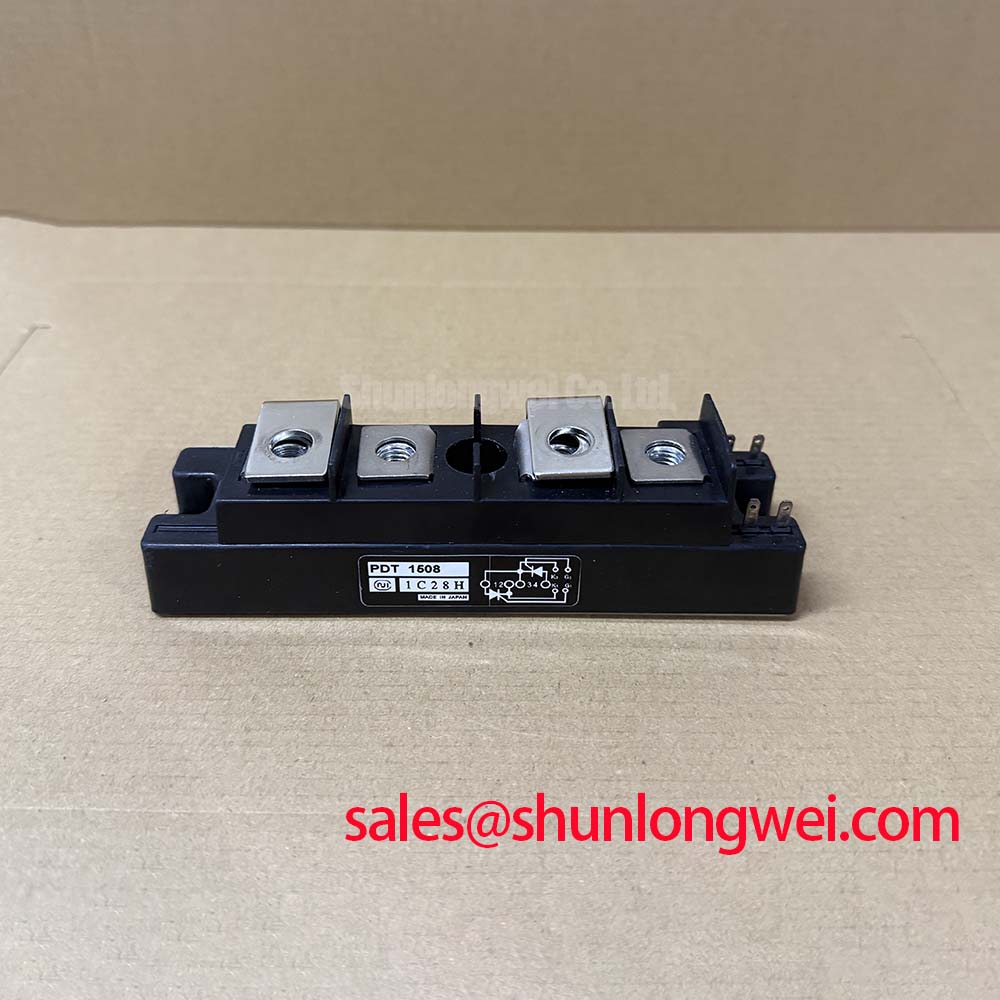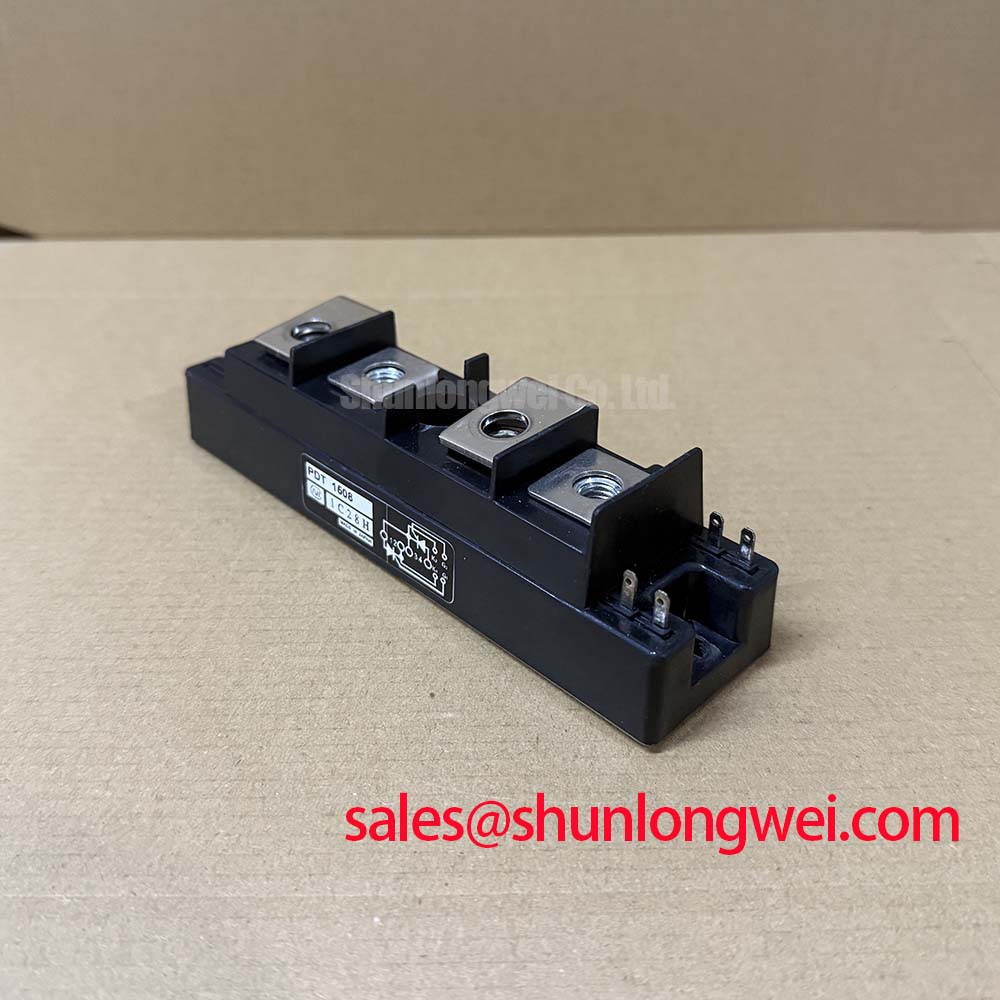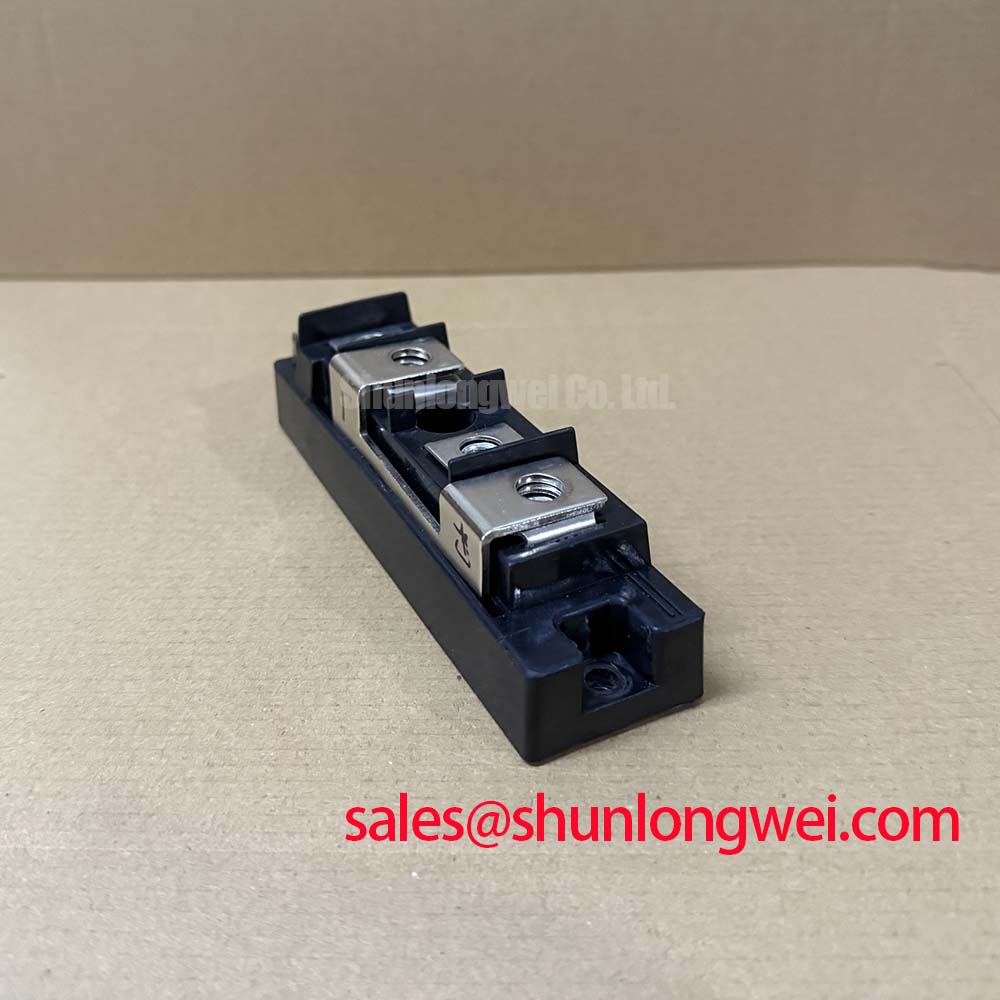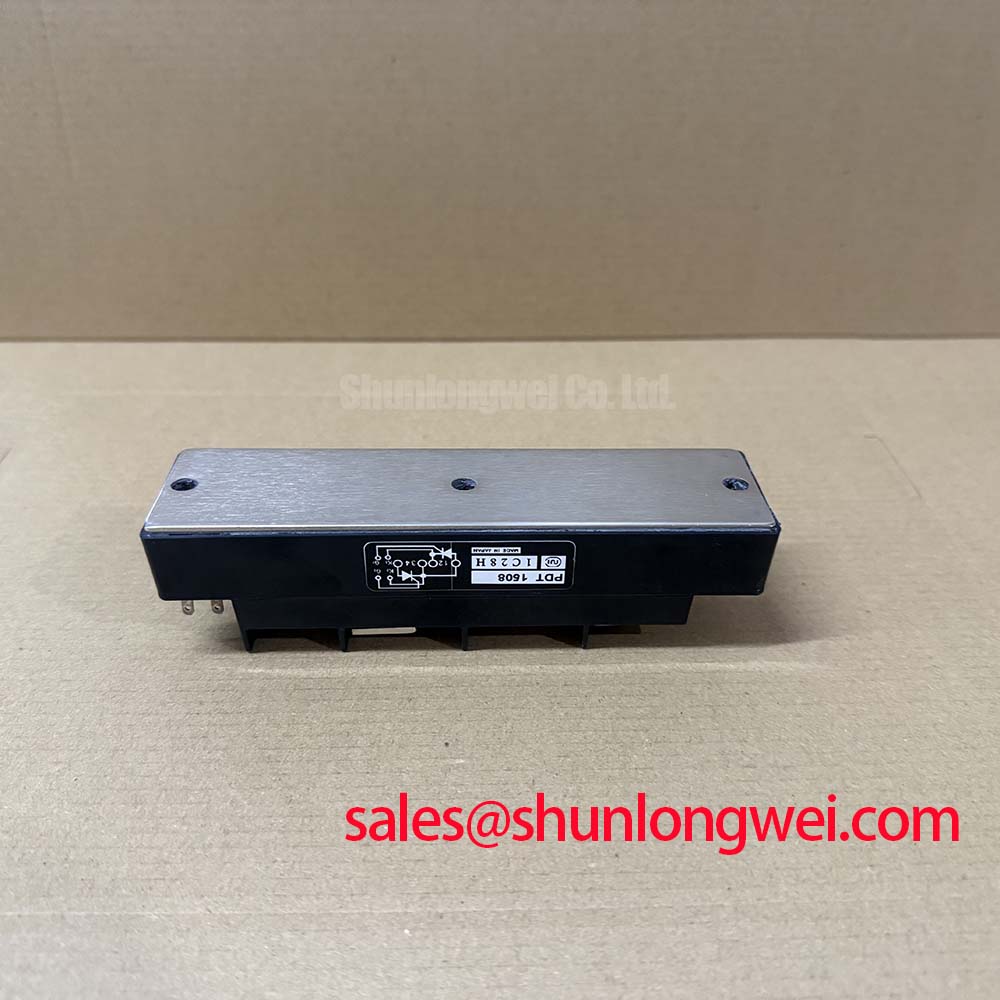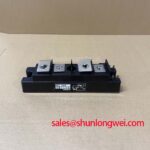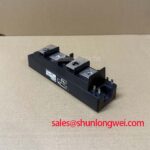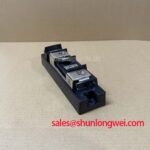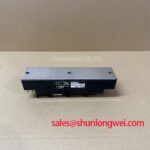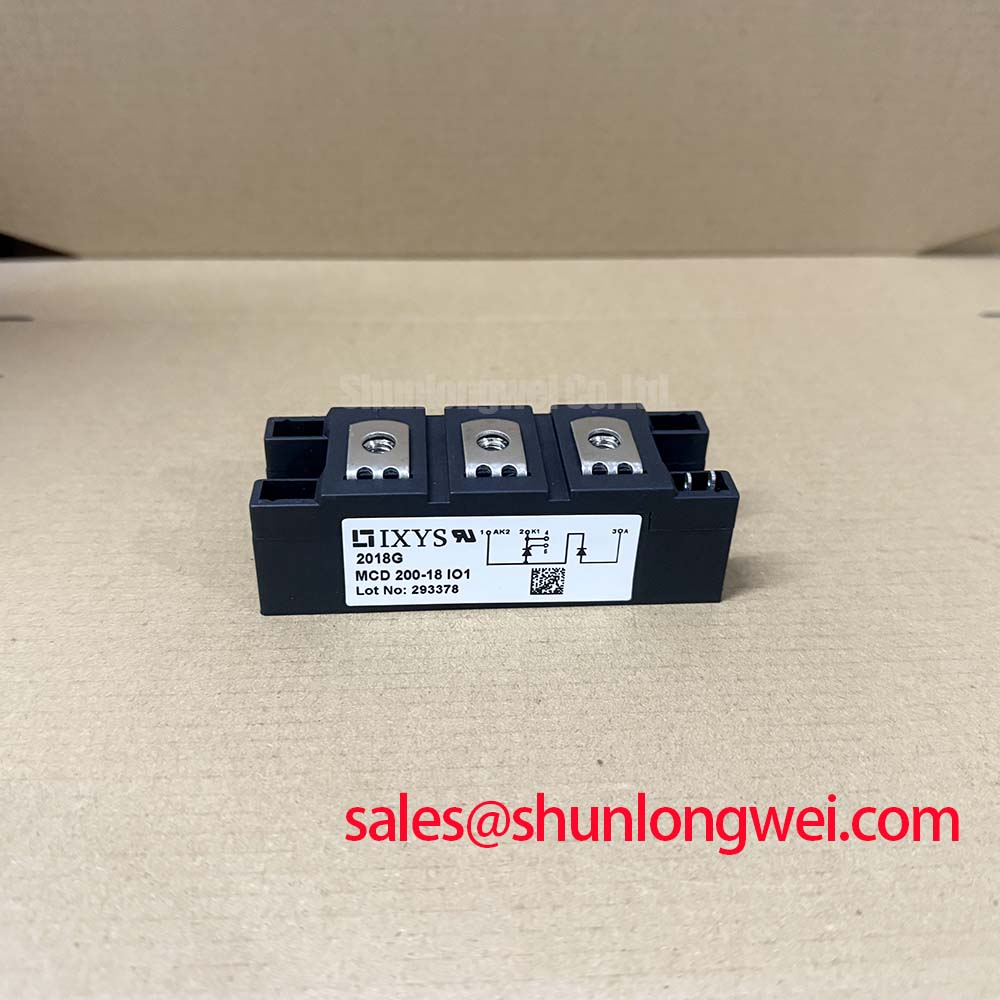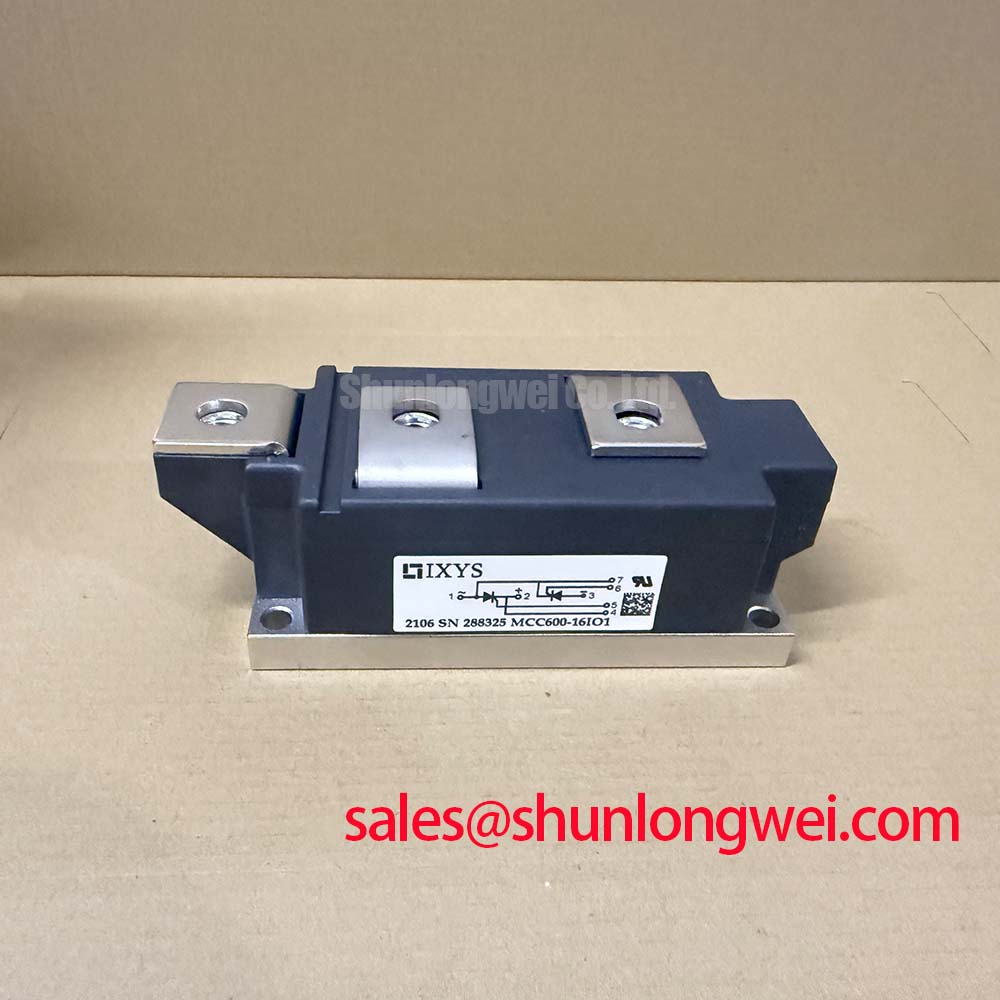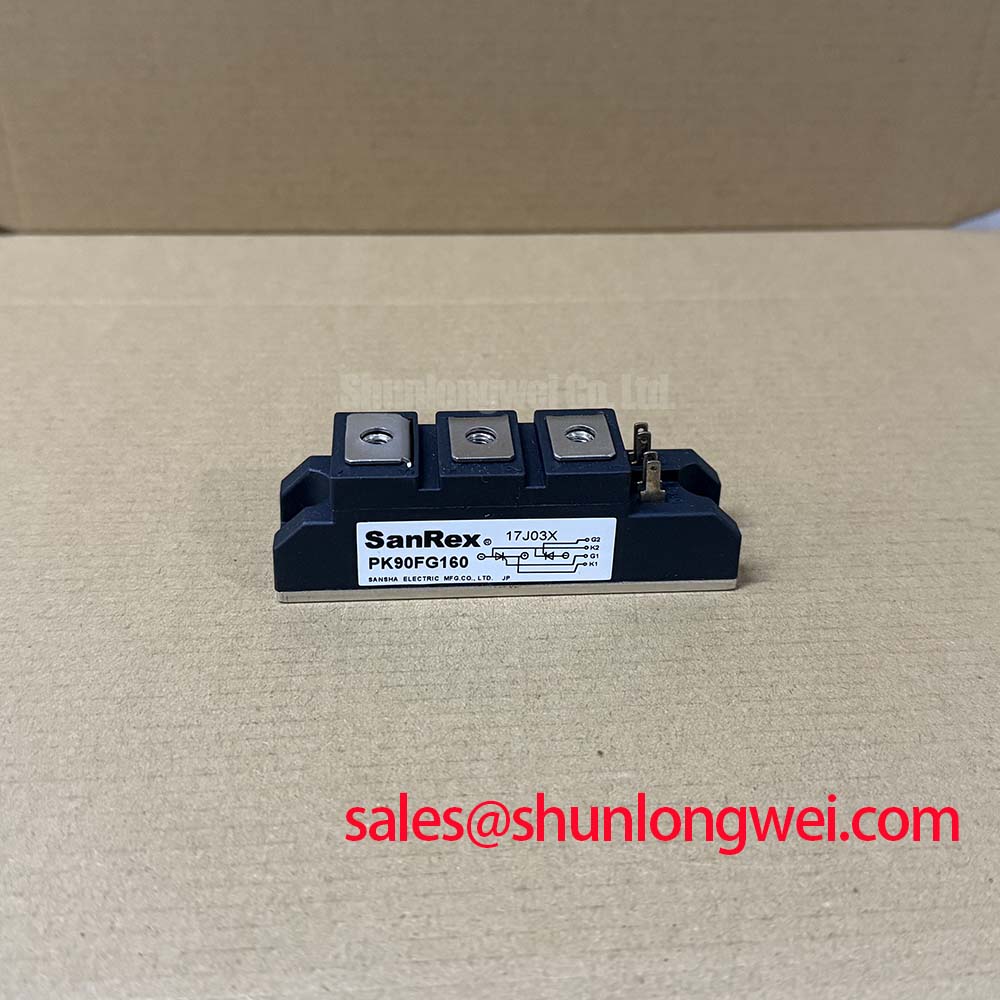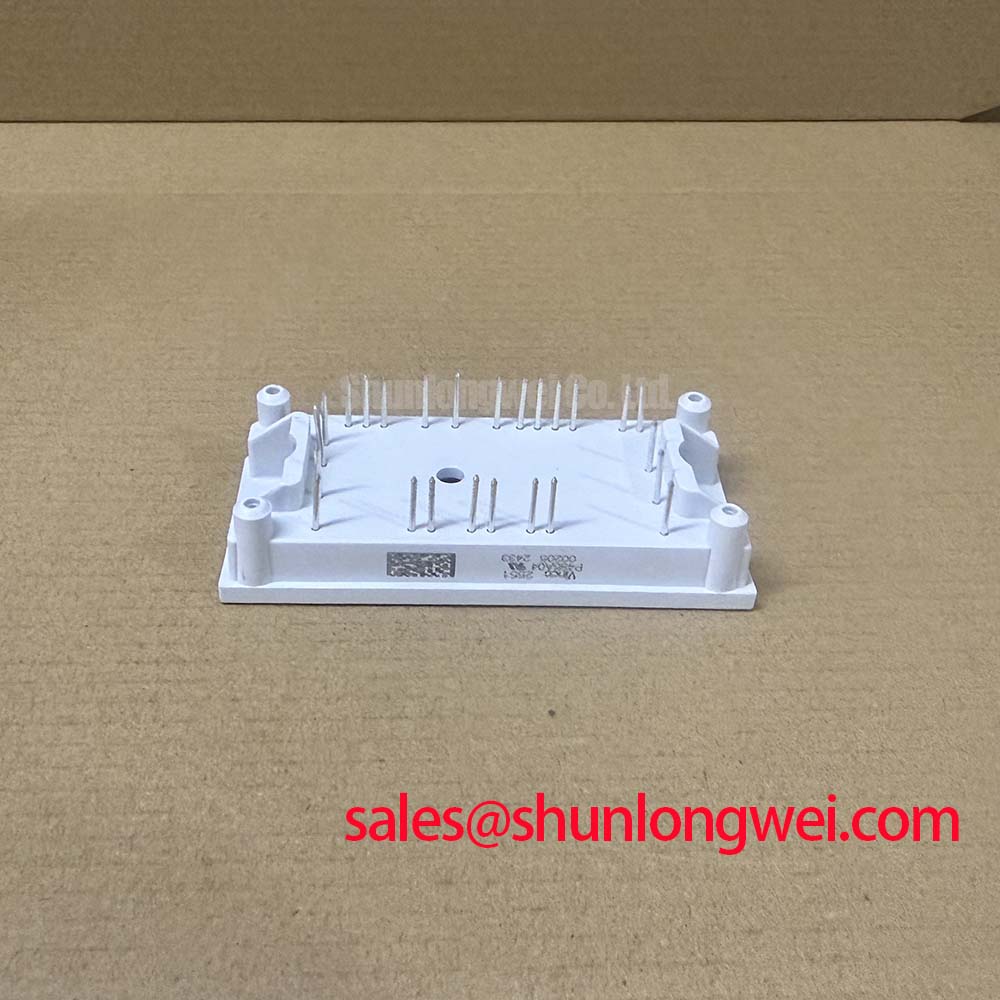PDT 1508 Thyristor/Diode Module for Thermal Reliability
Engineered for Longevity in Power Control Systems
The PDT 1508 Thyristor/Diode Module is designed to provide exceptional thermal stability and long-term operational reliability for demanding power control applications. It integrates a thermally optimized design with robust electrical characteristics to form a dependable foundation for your power stage. Key specifications include: 800V | 150A | Rth(j-c) 0.16°C/W. This module delivers two primary engineering benefits: an enhanced operational lifespan and simplified thermal management. The component's reliability is fundamentally addressed through a low thermal resistance path and glass-passivated chips, which minimize junction temperature rise under load and ensure stable performance over time.
A Deeper Look at Thermal Pathway Engineering
The operational lifetime of a power module is intrinsically linked to its ability to manage heat. The KSS PDT 1508 is constructed with a focus on optimizing the thermal pathway from the semiconductor junction to the heatsink. The core of this design is its low thermal resistance. Think of thermal resistance as the gauge of a pipeline for heat; a lower value means a wider pipe, allowing waste heat to flow away from the sensitive chip effortlessly. With a junction-to-case thermal resistance (Rth(j-c)) of just 0.16°C/W for the thyristor, this module ensures that junction temperatures remain lower under load, directly mitigating a primary cause of component degradation.
What is the primary benefit of its low thermal resistance? It enables cooler operation, extending the module's operational lifespan. Furthermore, the PDT 1508 incorporates glass-passivated semiconductor chips. This fabrication technique creates an inert, stable layer over the active junction area. This passivation provides superior protection against contaminants and reduces surface leakage currents, which is critical for maintaining stable voltage blocking characteristics throughout the component's service life, especially in industrial environments with fluctuating temperatures and humidity.
Datasheet-Driven Comparison for System Design
When selecting a power module, engineers must look beyond headline voltage and current ratings. A comprehensive evaluation, guided by a thorough review of the component's datasheet, often reveals critical differences in thermal performance. For instance, when comparing modules for a power conversion application, it is crucial to analyze the thermal resistance (Rth) values. A module with a superior Rth, like the KSS PDT 1508, may offer a significant advantage in real-world performance by allowing for a more compact heatsink design or providing a greater thermal margin in high-ambient-temperature environments. This design choice can lead to a more compact and cost-effective overall system, while simultaneously enhancing long-term reliability.
The Strategic Value of Reliability in Modern Power Systems
In industries where uptime is directly tied to revenue, such as automated manufacturing and critical power supplies, component reliability is not just a technical specification—it is a strategic asset. The design philosophy of the PDT 1508 directly supports this need for sustained operational integrity. By focusing on features that promote longevity, such as effective heat dissipation and robust chip-level protection, the module helps reduce the total cost of ownership (TCO). Fewer failures mean less downtime, reduced maintenance calls, and a lower inventory of replacement parts, contributing directly to a more efficient and profitable operation. This emphasis on durability makes it a sound choice for systems where long-term, uninterrupted service is a primary design goal.
Where Thermal Stability is Paramount
The robust thermal design of the KSS PDT 1508 makes it well-suited for a range of power control applications where effective heat management is a critical factor for success. Its capabilities are particularly valuable in systems that experience continuous or cyclical high-current loads.
- Controlled Rectifiers for AC Drives: In Variable Frequency Drives (VFDs), the module provides reliable and controllable AC-to-DC conversion, with its thermal efficiency ensuring stable operation during demanding motor acceleration and load cycles.
- DC Motor Controls: For applications like industrial conveyors, pumps, and fans, the module's ability to handle 150A of average current while maintaining low operating temperatures prevents thermal fatigue and extends the drive's service life.
- Industrial Power Supplies & Battery Chargers: In high-power charging systems and regulated power supplies, the PDT 1508's high isolation voltage (2500V) and thermal stability ensure both safe and reliable power delivery.
For 150A controlled rectifier designs where minimizing heatsink size is a key constraint, the PDT 1508's 0.16°C/W thermal resistance presents a distinct design advantage.
Core Parameters for Thermal & Reliability Analysis
The following specifications from the official datasheet are central to evaluating the PDT 1508 for your application. These parameters provide the necessary data for thermal modeling and reliability assessment.
| Parameter | Value |
|---|---|
| Repetitive Peak Off-State Voltage (VDRM) | 800 V |
| Average On-State Current (IT(AV)) @ Tc=85°C | 150 A |
| Thermal Resistance, Junction to Case (Thyristor) | 0.16 °C/W |
| Thermal Resistance, Junction to Case (Diode) | 0.19 °C/W |
| Isolation Voltage (Viso, AC RMS, 1 min.) | 2500 V |
| Operating Junction Temperature (Tj) | -40 to 125 °C |
For a complete list of specifications and performance graphs, please refer to the official PDT 1508 datasheet.
A Strategic Approach to System Durability
Integrating a component like the PDT 1508 is more than a simple design choice; it represents a strategic decision to prioritize the long-term health and resilience of the entire power system. As industrial applications become more demanding and power density requirements increase, building systems on a foundation of thermally sound components is essential. This forward-looking approach to design not only ensures the system meets its immediate performance targets but also secures its value and reduces operational liabilities over its complete lifecycle.

